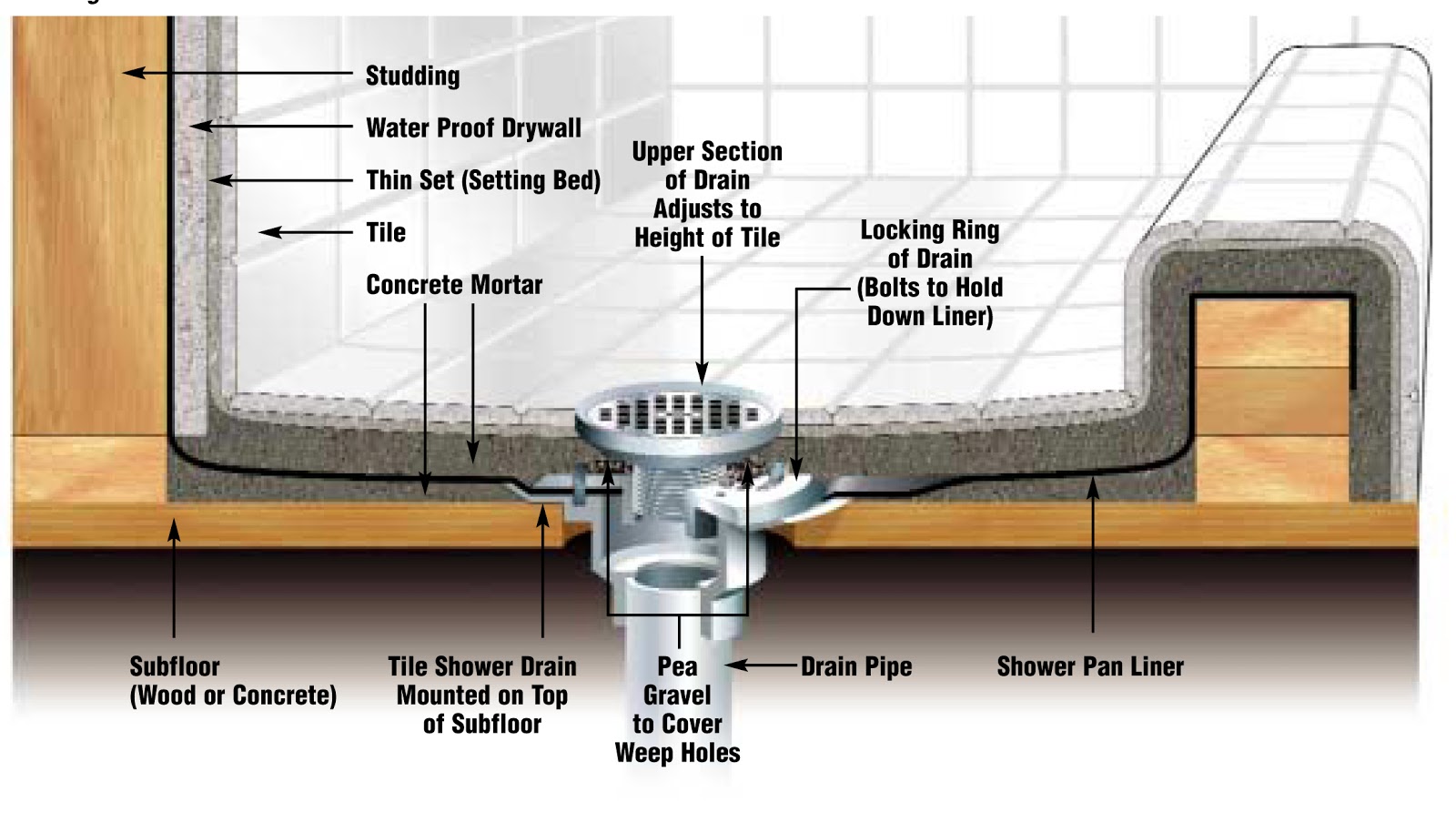Upgrade Your Bathroom: The Definitive Guide to Walk-In Shower Pan Liners

Ready to ditch that dated bathtub and embrace the sleek sophistication of a walk-in shower? It’s a bathroom upgrade that screams modern elegance, not to mention accessibility and ease of use. But the core of a successful, leak-free walk-in shower lies beneath the stylish tile and gleaming fixtures: the shower pan liner. This seemingly simple component is the unsung hero, protecting your subfloor from water damage and ensuring the longevity of your luxurious new showering experience. So, let's dive deep into the world of walk-in shower pan liners and explore everything you need to know for a flawless installation.
Creating a watertight barrier is paramount in any shower installation, and the pan liner is the first line of defense. Whether you're undertaking a DIY project or hiring a professional, understanding the function and importance of this crucial element is essential. From choosing the right type of liner to ensuring proper installation, this guide will walk you through the process, highlighting best practices and common pitfalls to avoid.
Historically, shower waterproofing relied on lead or copper pans, methods that were both expensive and labor-intensive. The advent of flexible PVC and CPE (chlorinated polyethylene) liners revolutionized the process, making walk-in shower installation more accessible and affordable. These modern liners are highly durable, resistant to mold and mildew, and easy to work with, offering a reliable solution for long-lasting waterproofing.
The primary concern with any shower installation is, of course, water damage. A properly installed pan liner is your insurance policy against leaks that can lead to costly repairs, mold growth, and structural issues. Common problems arise from improper sloping of the shower floor, tears in the liner during installation, or inadequate sealing around drains and corners. Understanding these potential issues is crucial for preventing them.
A shower pan liner is a waterproof membrane installed beneath the shower floor, creating a watertight seal that prevents leaks. It's typically made of PVC, CPE, or other waterproof materials, and comes in various thicknesses and sizes. Think of it as a giant, custom-fit waterproof sheet that cradles your shower floor, channeling any water towards the drain and preventing it from seeping into the subfloor. Simple, yet incredibly effective.
Benefit 1: Prevents Costly Water Damage: A properly installed pan liner prevents water from penetrating the subfloor, avoiding costly repairs and potential health hazards associated with mold growth.
Benefit 2: Increased Home Value: Upgrading to a modern walk-in shower with a professionally installed liner can significantly increase the resale value of your home.
Benefit 3: Long-lasting Shower: A durable liner ensures the longevity of your shower, providing years of worry-free use and maintaining its aesthetic appeal.
Planning your walk-in shower installation is crucial. Start by choosing the right liner material and size. Measure your shower area accurately. Ensure the subfloor is level and structurally sound. Gather all necessary tools and materials before beginning the installation process.
Advantages and Disadvantages of Walk-in Shower Pan Liners
| Advantages | Disadvantages |
|---|---|
| Waterproofing | Potential for leaks if not installed correctly |
| Durability | Can be punctured if sharp objects are dropped |
| Cost-effective | Requires careful preparation and installation |
FAQ:
1. What is the best material for a shower pan liner?
PVC and CPE are popular choices due to their durability and flexibility.
2. How long does a shower pan liner last?
With proper installation and maintenance, a shower pan liner can last for decades.
3. Can I install a shower pan liner myself?
While possible, professional installation is recommended for optimal results.
4. What is the most common cause of shower leaks?
Improper installation of the pan liner is a leading cause of leaks.
5. How do I test my shower pan liner for leaks?
Perform a flood test by plugging the drain and filling the shower pan with water.
6. What is the difference between a shower pan liner and a shower membrane?
They essentially serve the same purpose; “membrane” is often used for tiled showers.
7. Do I need a liner with a pre-formed shower base?
Pre-formed bases typically have built-in waterproofing, so a separate liner might not be necessary. Check the manufacturer’s instructions.
8. Can I tile directly onto the shower pan liner?
Yes, using thinset mortar designed for wet areas.
From transforming a cramped bathroom into a spa-like oasis to ensuring the long-term structural integrity of your home, installing a walk-in shower with a properly fitted pan liner is an investment that pays dividends. Whether you're drawn to the modern aesthetic, the enhanced accessibility, or the peace of mind that comes with superior waterproofing, understanding the intricacies of the pan liner is paramount. By following best practices and addressing potential challenges proactively, you can ensure a successful installation that will elevate your bathroom and provide years of enjoyable, leak-free showers. Don't underestimate the importance of this seemingly simple component – it's the foundation upon which your dream shower is built.
The curious case of the rav4 fuel door spring a small part a big impact
Unlocking the secrets of farrow and ball paint colour matching
Dominate march madness with a printable cbs sports bracket











